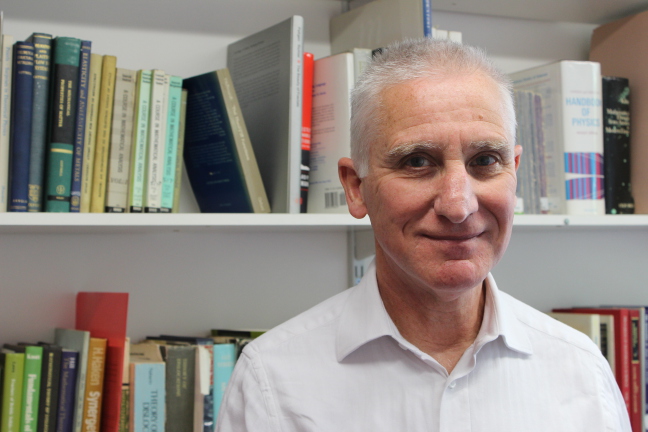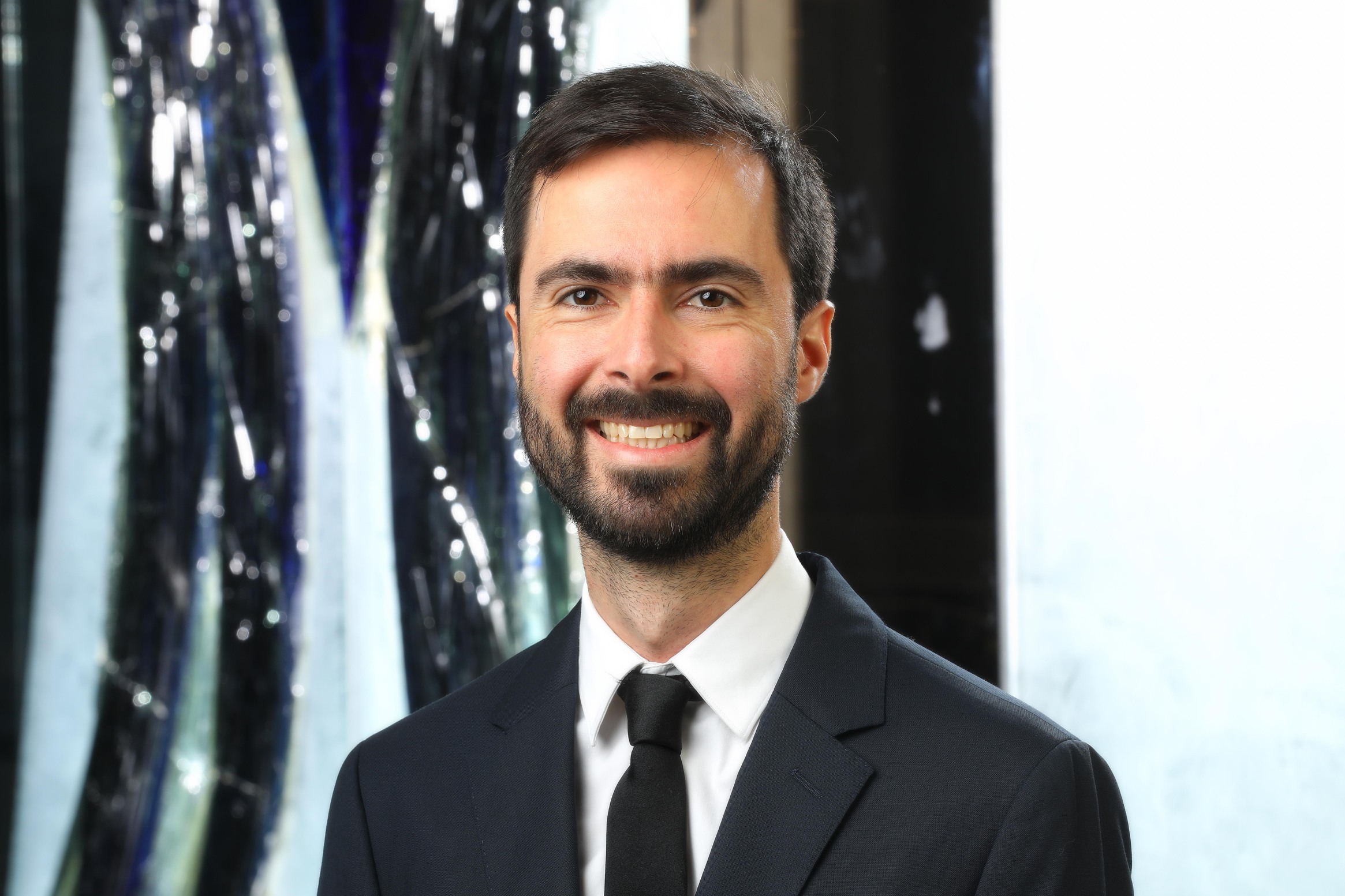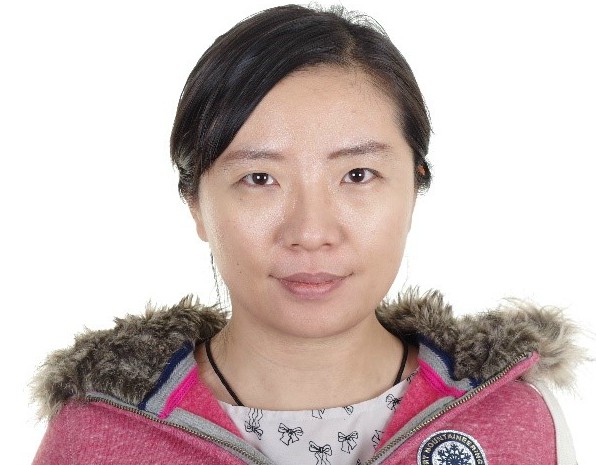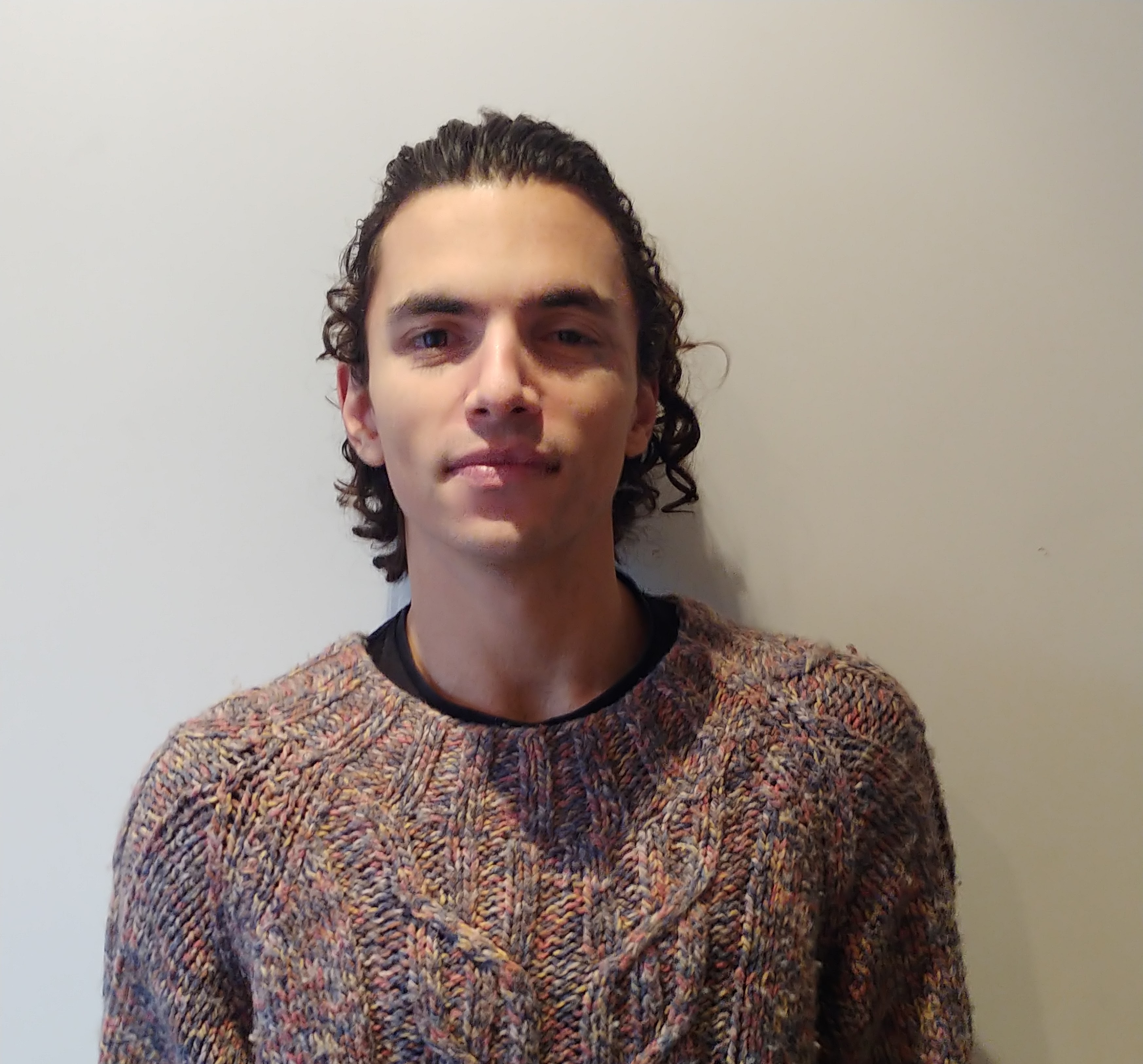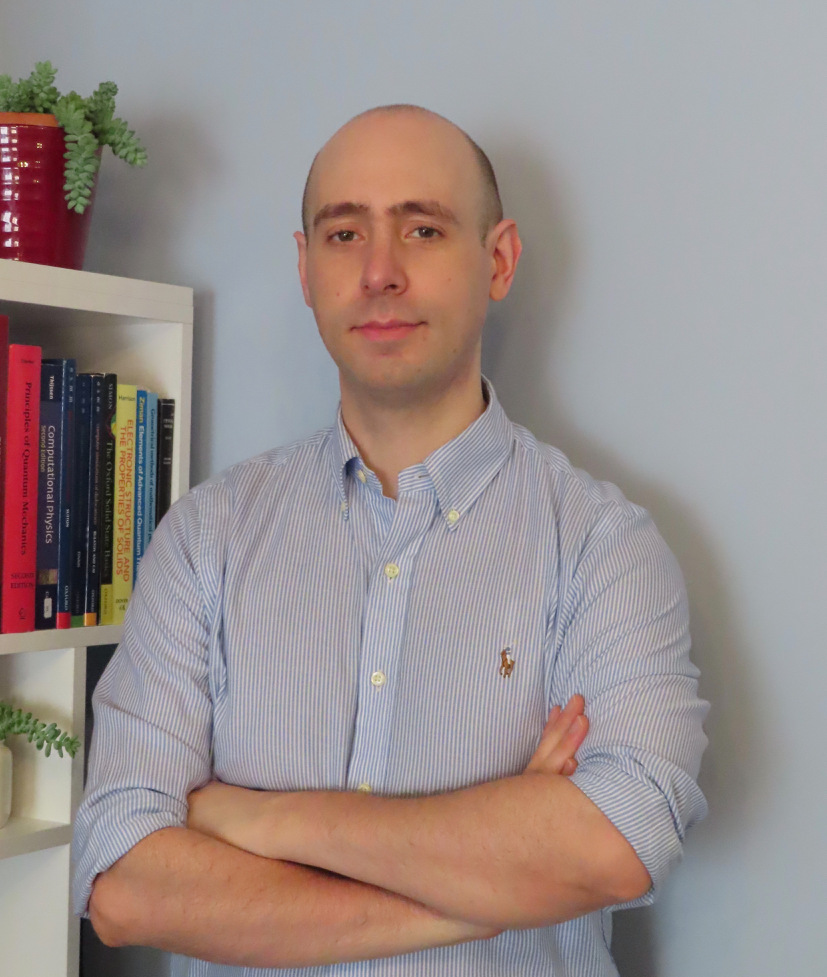
Mark Rainforth is Director of the ₤34m Sheffield hub of the Henry Royce Institute, which spans fundamental research to industrial scale manufacturing of novel metal alloys and processes, and is the former Head of the Materials Department. Winner of the IOM3 Rosenhain Medal and past President, Royal Microscopical Society, he is recognised for his work on the processing and characterisation of metal alloys, with emphasis on advanced high strength steels (AHSS), where his work has had direct industrial impact, e.g. the introduction of new AHSS by Tata Steel. He is co-author, with Bill Lee, of Ceramic Microstructures: Property control by processing (1994).
